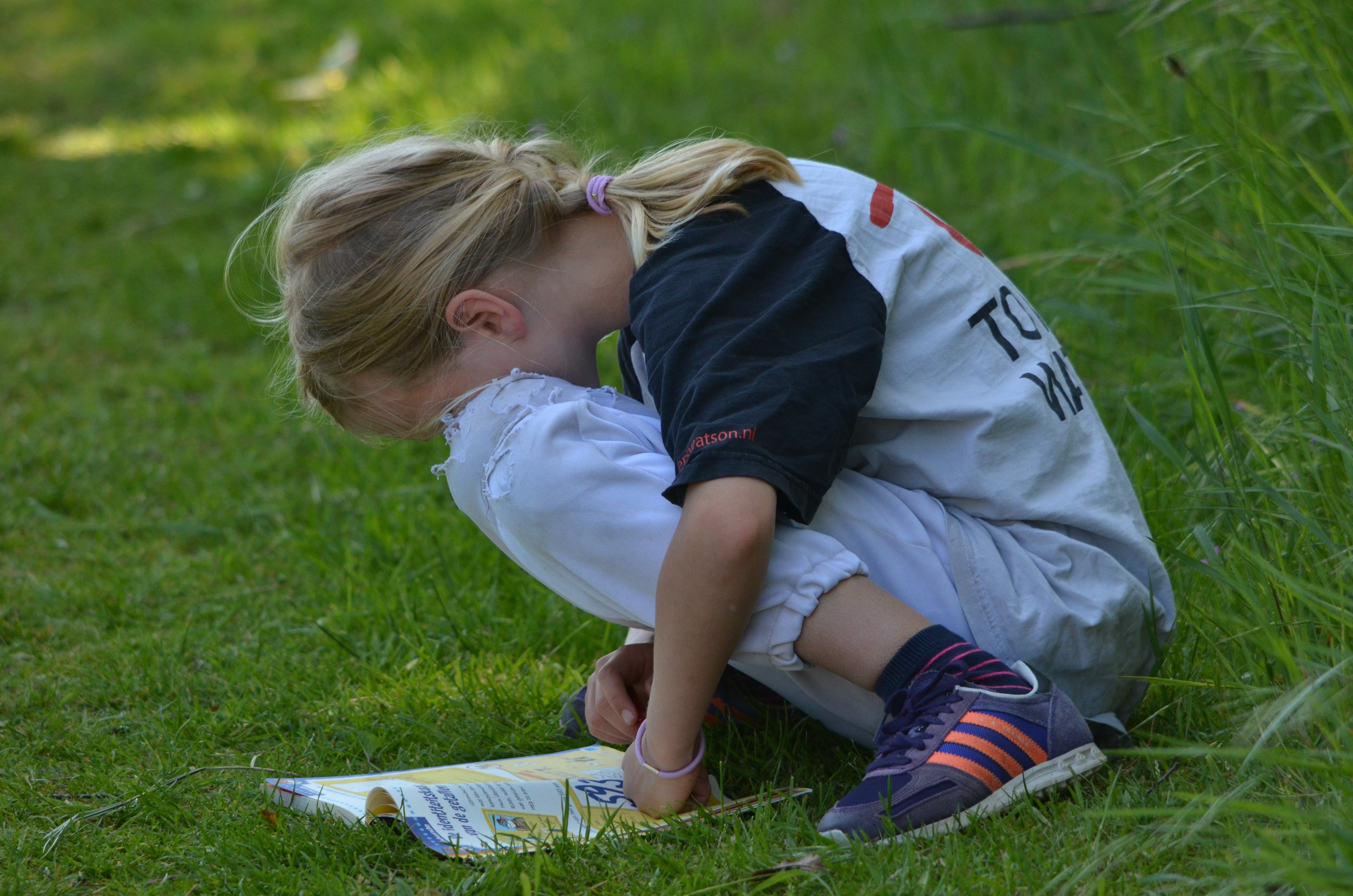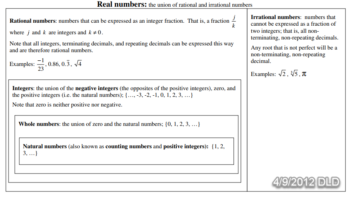We studied history on a 4 year cycle using BiblioPlan for Families, which is based on The Well-Trained Mind. When it came “time” to do a timeline, I looked around the internet and found several pre-printed timelines, but I didn’t like how the scale varied. For example, a timeline for ancient history covering several thousand years and a timeline for modern times covering only a century or two, would both be the same length.
So, after looking and mulling, here is the timeline that I came up with. It folds up nicely, can be flipped through like a book, or can be laid out in rows or a long line for a birds-eye view of history (although we’d only gotten to ancient Greece when I took these pictures)! I also recommend Jen’s Horde: I love timelines! for more timeline ideas.
Each millennium is an accordion of 10 centuries (except for the first and last set); with one century per page of cardstock paper.
The columns are decades.
The rows are for different parts of the world:
Africa
Asia
Europe
Americas (North and South)
Oceania (Australia, New Zealand, New Guinea, and Pacific islands)
I added two pages to the beginning for creation (shown below in the Creation – 4001 BC accordion).
Below, I have seven-plus millennia all folded up:
Creation, 5000 BC – 4001 BC
4000 BC – 3001 BC
3000 BC – 2001 BC
2000 BC – 1001 BC
1000 BC – 1 BC
1 AD – 1000 AD
1001 AD – 2100 AD
I used book tape on the back to connect the pages; use any tape that doesn’t tear easily.
You can see how “sparse” much of the ancient history looks when it is laid out:
Most ancient history that we have studied is in the middle east (Africa), some is in the far east (note the figure on the second row).
A note about the dates:
the BC dates listed in the columns are the starting dates
the AD dates listed in the columns are the ending dates
For example:
1400 BC means 1400 BC to 1391 BC
1400 AD means 1391 AD to 1400 AD
When we get to “1850 – present”, I plan to just put highlights on this scale timeline and have an expanded accordion with one page per decade. I think this will give us the detail that we need, but we will still be able to put modern history into some perspective with our main timeline.

